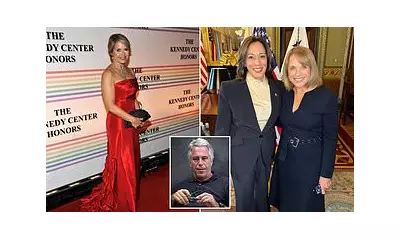
In an emotionally charged moment that signalled a new era in British politics, Sir Keir Starmer received a thunderous standing ovation from Labour MPs following his first Commons address as Prime Minister.
The newly elected PM appeared visibly moved as cheers and applause echoed through the chamber, with colleagues rising to their feet in a show of support that lasted several minutes. The powerful scene marked a dramatic departure from the combative atmosphere that often characterises parliamentary sessions.
A Historic Moment in Westminster
Sir Keir's debut speech at the despatch box set the tone for his government's priorities, emphasising unity and public service after his party's landslide electoral victory. The reception from his own benches was described by observers as both enthusiastic and emotionally resonant.
"This wasn't just political theatre," noted one Westminster insider. "You could feel the significance of the moment - the culmination of years of work and the beginning of a new chapter for both Starmer and the country."
Contrasting Styles on Display
The warm reception for the new Prime Minister stood in stark contrast to the response given to Rishi Sunak, who made his final appearance as Conservative leader. While Sunak received polite applause from Tory benches, the atmosphere lacked the electric energy that greeted his successor.
Political analysts suggest the overwhelming display of support reflects the Labour Party's renewed confidence and unity after their decisive general election win. The moment also symbolises the shifting dynamics within Parliament as new MPs take their seats and established figures adjust to changed roles.
Setting the Tone for New Government
Sir Keir used his inaugural Commons speech to outline key priorities for his administration, focusing on economic stability, public service reform, and restoring trust in politics. The emotional response from colleagues suggests strong backing for his proposed direction.
As the applause finally subsided and parliamentary business resumed, the moment served as a powerful visual representation of the political transformation underway in Britain. For Sir Keir Starmer and his government, it marked both an ending and a beginning - the conclusion of a long campaign and the start of governing.





